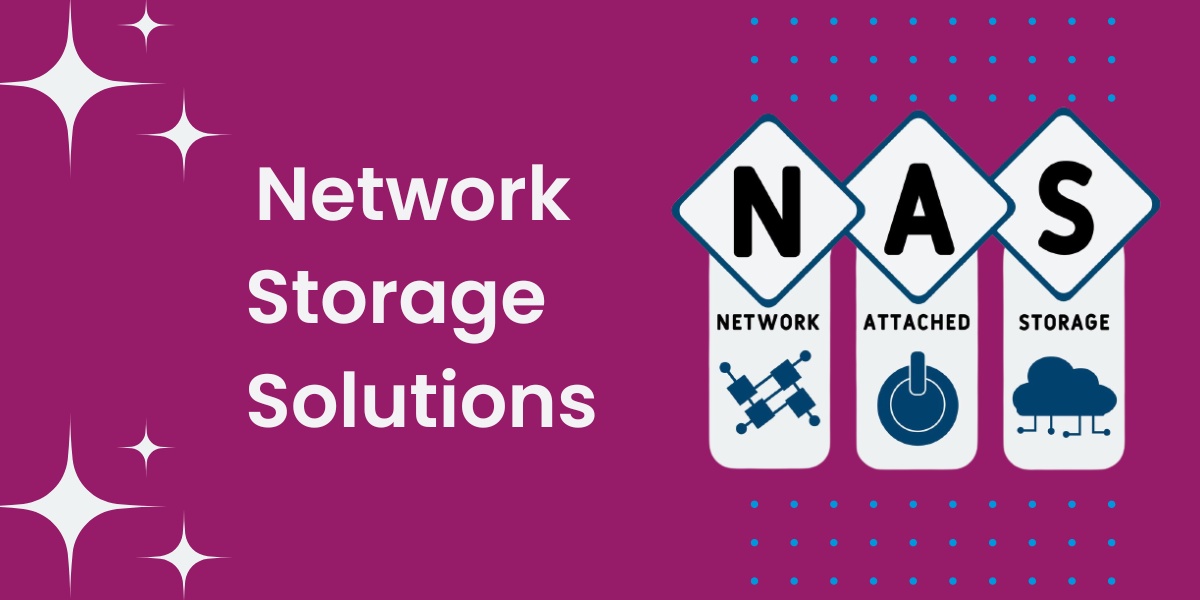Network attached storage (NAS) is critical for storing and accessing data and applications in most organizations. Enterprise NAS and scale-out NAS storage are popular solutions that offer multiple benefits such as improved performance, flexibility, scalability, and affordability. However, managing these systems can be complex and somewhat overwhelming, especially when multiple NAS devices are involved. Here are some management strategies that can help you unlock the power of your NAS systems and streamline their administration.
Centralized management
Managing multiple NAS devices can be a challenge, especially when each one has its own specific configuration and setup. One of the most effective strategies for addressing this is to centralize management. With centralized management, you can view, configure, and manage multiple NAS systems from a single administration console. This simplifies the process of setting up new devices, applying firmware updates, and monitoring performance. Centralized management also ensures consistency across all devices, reducing the risk of configuration errors. Additionally, it saves time and effort on administrative tasks.
Storage virtualization
Another strategy that can streamline NAS management is storage virtualization. This technology abstracts the physical storage resources of multiple NAS devices and presents them as a single virtual pool. This approach simplifies the allocation and management of storage resources across multiple devices, ensuring that applications and users have access to the storage they need. Storage virtualization also enables more effective storage tiering, with the most frequently accessed files residing on fast, high-performance storage, and less frequently accessed files residing on cheaper, slower storage.
Automatic tiering
Automatic tiering is another useful strategy for optimizing NAS performance and lowering costs. This technology automatically moves data between storage tiers based on usage patterns, so that the most frequently accessed data resides on fast, high-performance storage, and less frequently accessed data resides on cheaper, slower storage. With automatic tiering, you can achieve better performance without adding significant expense. Additionally, this approach ensures that data is stored on the most appropriate storage tier, reducing the cost of storage.
Capacity planning
Inadequate storage capacity is a common problem with NAS systems, leading to poor performance and user dissatisfaction. Capacity planning is a strategy that addresses this issue by ensuring that you have sufficient storage capacity before you actually need it. Capacity planning involves monitoring storage utilization and growth patterns, predicting future storage needs, and proactively adding storage capacity before it becomes an issue. Capacity planning can also help you avoid sudden storage upgrades, which can be costly and disruptive.
Backup and recovery
Finally, no NAS management strategy is complete without a comprehensive backup and recovery plan. NAS solutions devices offer multiple options for data protection, including built-in backup and recovery features, third-party backup software, and cloud-based backup solutions. A good backup and recovery plan should include regular backups, off-site storage of backups, and periodic testing of the recovery process. This ensures that your data is protected against hardware failure, user error, and other data loss events.
Conclusion
Network attached storage is a critical component of most organizations' IT infrastructure, and effective NAS management is essential for ensuring that these systems meet your organization's performance, scalability, and cost objectives. By implementing these management strategies, you can streamline NAS administration and unlock the full potential of your NAS systems. At the same time, these strategies can help you reduce administrative overhead, improve storage utilization, and minimize downtime from storage-related issues. With the right management strategies, you can maximize the value of your NAS systems and build a more effective IT infrastructure.


No comments yet